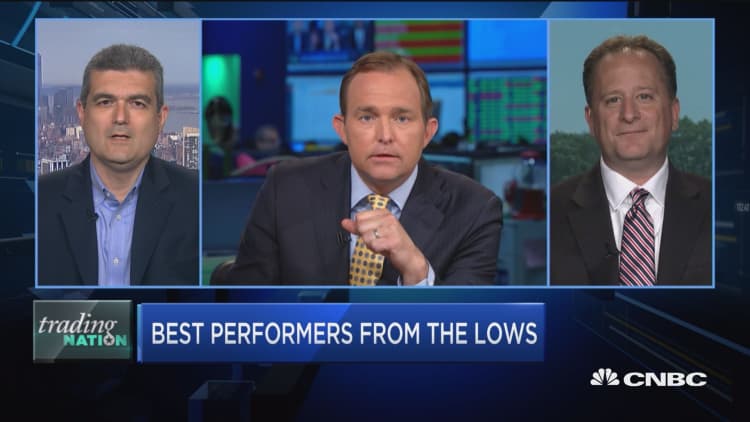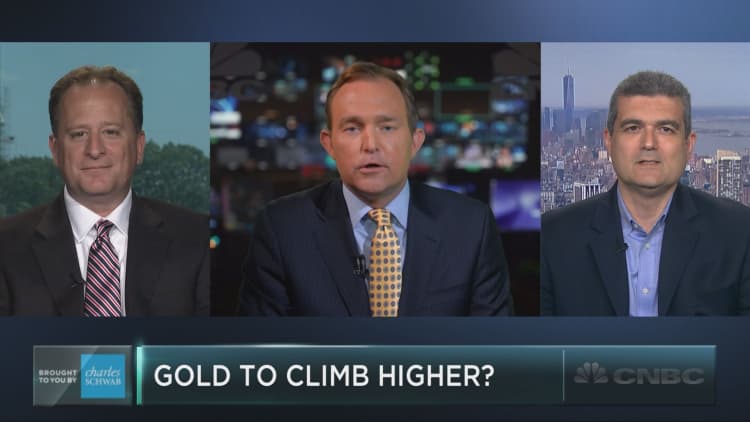



The S&P 500 has surged 17 percent from its February lows and a handful of stocks have rallied with it. But are the market's best-performing stocks an accurate indicator of the S&P 500's strength?
According to some traders, not at all.
Though Chesapeake Energy, Freeport-McMoRan and ONEOK are the S&P 500's best performing stocks since Feb. 11, "Crossing Wall Street" blog editor Eddy Elfenbein believes all is not as it seems.
"These are extreme dead cat bounces," Elfenbein said on CNBC's "Power Lunch." "Chesapeake Energy [for example] is up a huge percent, [but] remember, it's gone from being down 98 percent, now it's only down 93 percent."
Elfenbein points out that these companies' surge is commodities-related, taking advantage of the bounce in oil and metals that began in mid-February. The rebound helped Chesapeake Energy surge 185 percent since February, with Freeport-McMoRan following at 143. Oil and gas producer ONEOK is the third best-performing stock on the S&P 500 with a 134 percent surge in the period.
"They've ridden that bounce from extreme oversold levels," added Elfenbein. "So now they're basically very big bets on the future of commodity prices."
Boris Schlossberg, managing director of FX strategy for BK Asset Management, also believes that the surges need to be viewed in the commodities space.
"It is a bounce based on the commodities bounce," he said. "The key question is: How do you view commodities right now?" The CRB commodities index, which measures a basket of commodities, officially entered a bull market this week, up more than 20 percent from its low.
Schlossberg points to a possible increase in China's import data that could suggest that the country's industrial sector may push up demand for oil and metals. This, in turn, could help commodities-driven companies in the U.S. as crude and gold, in particular, continue their climb.
"This whole commodities rally could have more legs going forward, and that could keep those stocks up," he added.





